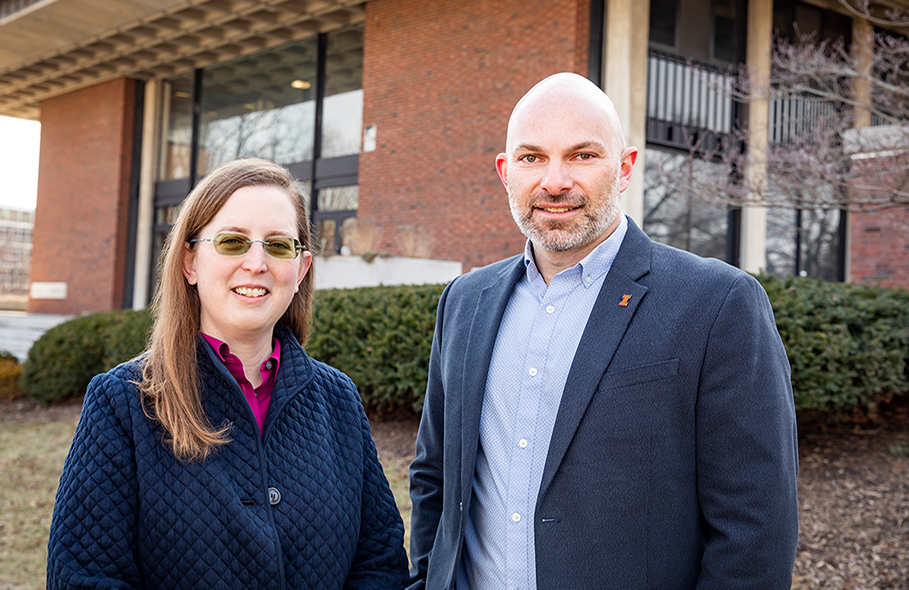Student Expenditures Decrease at Some Colleges Receiving Promise Scholarship Funds
by Sharita Forrest, UI News Bureau / May 17, 2022

Analyses of two- and four-year colleges’ spending patterns from 2000-14 indicates that revenue from college promise scholarships was associated with decreased spending on instruction and student services. The study was conducted by Jennifer Delaney, professor of Educational Policy, Organization and Leadership; and Bradley Hemenway, a data analyst in the Gies College of Business.
Two-year colleges that received revenue from community-based college promise programs decreased their spending on instruction by 3.3% and their spending on student services by up to 15%, their recent study found.
The student-related expenditures of four-year colleges were relatively unchanged by revenue from college promise scholarships. However, their investments in non-student-related, externally-focused public service initiatives such as public broadcasting services and cooperative extension programs grew by 14.5%, according to a study by researchers Jennifer Delaney and Bradley Hemenway, both of the University of Illinois Urbana-Champaign.
Delaney's research focuses on higher education spending, and Hemenway is a data analyst whose research explores the effects of promise programs, initiatives that award scholarships to all students in a particular geographic area regardless of need or academic merit.
“Most of the prior research on these programs looked at the impact on individual students – whether they enrolled and which colleges they attended,” Delaney said. “However, we looked at the alignment between promise program money coming into postsecondary institutions and whether institutions spent it in ways that benefited students, such as instruction, support or wraparound services that help students succeed and thrive. In some ways these were aligned, in other ways they were not.”
Despite assumptions that promise funds will enhance instruction and student services, most of these programs don’t have restrictions on recipient colleges’ spending, Delaney said.
“If equity and educational advancement are the intent of these programs, we would hope to find that promise-eligible institutions would increase their spending on student-related support,” Delaney and Hemenway wrote in the study, published in the journal Educational Policy and funded by the American Educational Research Association.
Read the full story from the UI News Bureau...